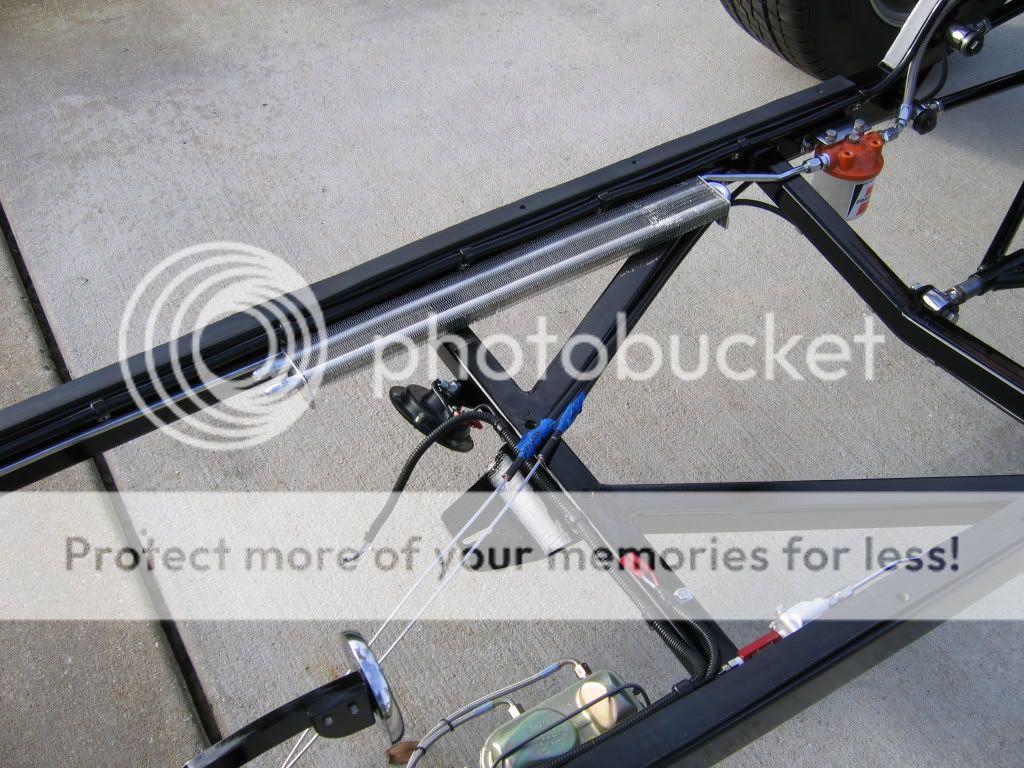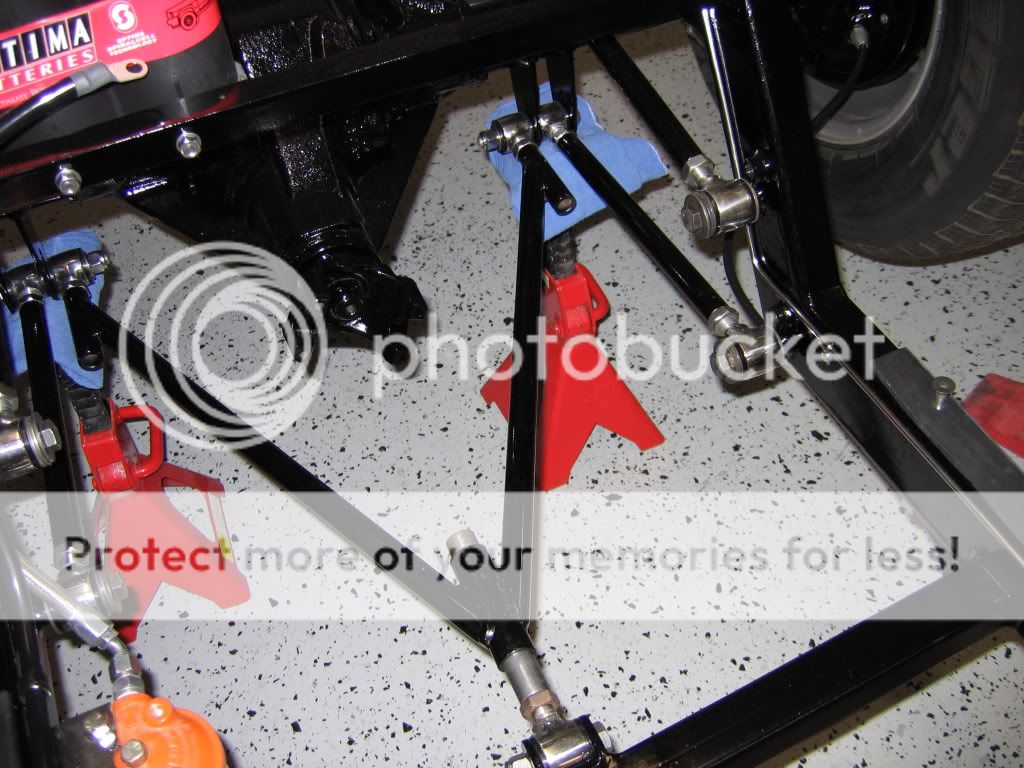For my fuel tank mounts, I just welded nuts into the frame...


 [URL=http://s814.photobucket.com/user/bobs66440/media/T%20Bucket/IMG_20131231_091743185_zpsb579d720.jpg.html]
[URL=http://s814.photobucket.com/user/bobs66440/media/T%20Bucket/IMG_20131231_091743185_zpsb579d720.jpg.html] [/URL]
[/URL]


 [URL=http://s814.photobucket.com/user/bobs66440/media/T%20Bucket/IMG_20131231_091743185_zpsb579d720.jpg.html]
[URL=http://s814.photobucket.com/user/bobs66440/media/T%20Bucket/IMG_20131231_091743185_zpsb579d720.jpg.html] [/URL]
[/URL]






